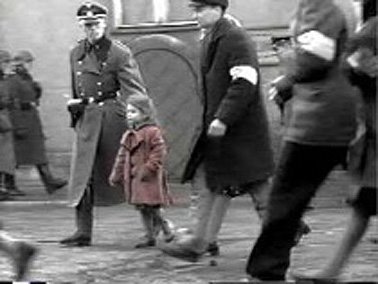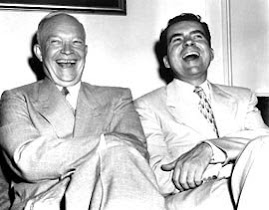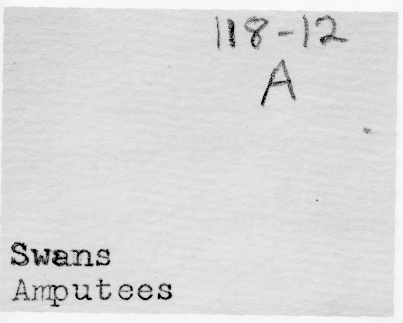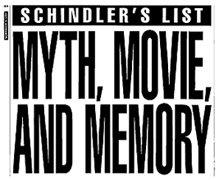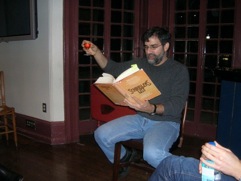
The web site for the magazine offers this "discussion guide" on the Hoagland piece:
The September issue of Poetry includes an essay on poetics by Tony Hoagland, who considers two kinds of poetic meaning. Hoagland, a poet and professor at the University of Houston, distinguishes between poems that familiarize and those that confuse, “the gong of recognition versus the bong of disorientation.” His piece focuses on the latter sort, the “poetry of derangement.” Hoagland suggests that vertigo (which he defines as “a sensation of whirling and loss of balance, associated with looking down from a great height . . . dizziness”) “is the preeminent topic of contemporary poetry” and “may be the dominant stylistic inclination as well.”
Hoagland points to various techniques of imitating and inducing vertigo: non sequitur, fragmentation, disassociation, truncation. (For further reading on this general topic, see his 2006 Poetry essay “Fear of Narrative and the Skittery Poem of Our Moment” and Stephen Burt’s 1998 Boston Review exposition on Elliptical poetry.) Do you agree with him that vertigo helps define contemporary poetry? If so, does it play other roles than the ones Hoagland discusses? Further, why would a poet employ such a tactic in the first place?
If you want me to post a response, please email me at afilreis[at]gmail[dot]com.






 "I teach horizontally, meaning that while I might begin with a fixed idea of what I'm going to teach that day, I let it drift rhizomatically way off topic, often pulling it back when it gets too far. I rely on non-fixed materials to teach this way; the whole world is at my fingertips. Should I go off on a tangent about John and Rauschenberg and their love relationship as expressed in Rauschenberg's bed, an image of that bed is always a click away. From there, we can head anywhere into the non-fixed universe, be it film, text or sound. And of course, that always takes us elsewhere. As Cage says, 'We are getting nowhere fast.'"
"I teach horizontally, meaning that while I might begin with a fixed idea of what I'm going to teach that day, I let it drift rhizomatically way off topic, often pulling it back when it gets too far. I rely on non-fixed materials to teach this way; the whole world is at my fingertips. Should I go off on a tangent about John and Rauschenberg and their love relationship as expressed in Rauschenberg's bed, an image of that bed is always a click away. From there, we can head anywhere into the non-fixed universe, be it film, text or sound. And of course, that always takes us elsewhere. As Cage says, 'We are getting nowhere fast.'" 

 that anyone has yet got the imaginative measure of that terrifying day six years ago. Certainly our Tolstoy has not crawled out of the rubble. The closest we have, Don DeLillo, succeeded as an essayist-journalist ("In the Ruins of the Future: Reflections on Terror and Loss in the Shadow of September,” Harper’s, December 2001) but, to my mind, failed as a novelist ("Falling Man"). One reason, perhaps, is that the remembered emotion was instantly buried under a pile of cultural junk.' - Tod Gitlin in his review of Susan Faludi's The Terror Dream (written for
that anyone has yet got the imaginative measure of that terrifying day six years ago. Certainly our Tolstoy has not crawled out of the rubble. The closest we have, Don DeLillo, succeeded as an essayist-journalist ("In the Ruins of the Future: Reflections on Terror and Loss in the Shadow of September,” Harper’s, December 2001) but, to my mind, failed as a novelist ("Falling Man"). One reason, perhaps, is that the remembered emotion was instantly buried under a pile of cultural junk.' - Tod Gitlin in his review of Susan Faludi's The Terror Dream (written for 


